Enhancing technical communication: Skills and techniques

Assume that you must present a complex process, for example, a scientific theory that is specific and technical, to a mixed audience of engineers and non-specialists. How would you present it so that each can grasp the message without losing all the important information?
The above situation helps us understand how important it is to learn and understand technical communication. In engineering, IT, healthcare, or any field that requires the transfer of information, improving communication skills can set you apart.
Defining technical communication
It is the art of communicating complicated technical information in a simple, clear, and concise way.
Technical communication includes both quantitative and qualitative research involving all forms of communication, including how to use manuals, paper documents, instructional materials, and online systems. The discipline of technical communication extends beyond technical writing; usability, visual design, and approaches are more focused on users to ensure that information products are accessible and easily understandable. This communication includes both quantitative and qualitative research. So, the information communicated is user-centered.
Why is technical communication important?
Technical communication is necessary; here are a few reasons why it should never be ignored.
- Clarity in communication: Information overload is extremely common in the present, particularly in the realm of technical or specialized communication. Technical communication takes thoughts and phrases into a simple kind of vocabulary. If information is not clear, then fields like healthcare, engineering, or IT will experience miscommunication or errors.
- User experience: Good technical communication definitely makes a dramatic difference in UX, particularly when incorporating visual communication strategies. A user-centered approach ensures the right information is conveyed to users at the proper time, allowing users to have smooth interactions with products or services. The user interface is designed to provide instructions to a particular audience.
- Professionalism: Well-crafted technical documents have more credibility, providing the right information. Employers prefer people who can prepare polished documents such as proposals, reports, and manuals not only to reveal their knowledge but also to convey it effectively. This professionalism will have a heavy influence on establishing trust with a client, stakeholders, and colleagues, which has an impact on the promotional career. It also reflects the commitment of technical communicators to the standards of society for technical communication. This profession demands for information design skill, which requires creating and delivering information clear and concise format.
- Safety and compliance: These two are critical aspects of professional technical communication, especially when it involves technical processes or products directed at a specific audience. In medicine and engineering, clear communication may mean the difference between life and death in terms of safety. It can also avoid costly mistakes and improve compliance with regulations, which is a key aspect of professional technical communication.
Types of technical communication
Technical communication comes in different forms to serve specific purposes. Here, the four most basic types are:
- User manuals: User manuals are a crucial component of technical communication programs. These books advise people on how to use a product or software through illustrations, step-by-step instructions, solutions to various breakdowns, and sometimes even question-and-answer sections.
- Technical reports: These are used in engineering, scientific, and technical fields. They mainly present the research results, methodologies, and analyses, which are mostly provided to stakeholders or decision-makers.
- Proposals: Technical proposals outline the project plans, proposed expectations, and methods for obtaining funding or approval. They often include information about the estimated budget and timelines.
- Online help systems: Online help systems are interactive guides embedded within software applications. These systems give users support, searchable content, tutorials, and contextual help.
Examples of technical communication
There are millions of ways to communicate tech-related information in various fields. Here are some examples of various forms of technical communication, illustrating how they effectively convey information while meeting users' specific needs. Here are a few, e.g.:
- API documentation: Software firms prepare comprehensive API documentation that enables developers to implement their services. This documentation contains clear guidelines, code examples, and best practices, allowing a developer to use the software effectively.
- Medical device instructions: A manufacturer provides detailed instructions for professionals, including information about the proper use and maintenance of medical devices. These instructions ensure safety and efficacy, allowing medical personnel to operate equipment confidently and correctly.
- Grant proposals: Nonprofit organizations design grant proposals that clearly outline project goals, methodologies, and expected outcomes. These proposals are necessary to obtain funding since they ensure that the proposed projects demonstrate the organization's planning and execution ability. Grant writers with hands-on experience frame these proposals.
- Technical white papers: Engineering firms publish white papers explaining new technologies or methodologies. Use these documents to present complex information in a format that is accessible to potential clients and stakeholders, helping them understand the firm’s expertise and ability in the industry. Undergraduate students write technical white papers while pursuing their final graduate degrees.
Challenges in the field of technical communication
Technical communication has many significant challenges, as it is complex and usually tricky to understand. Some of the key challenges are:
- Audience variety: The nature of the audience determines the way of composing because the same message would seem straightforward to one audience and completely incomprehensible to another one. In addition, simplifying complicated information is a challenge because it involves complicated ideas that should be simplified without sacrificing accuracy; technical knowledge and clear writing ability are mandatory. Create information about technical processes and instruct the target audience.
- Consistency: It is challenging to maintain a uniform style, tone, and terminology across so many documents; the complexity becomes larger when shared among collaborative environments where multiple writers are involved in the same project.
- Feedback integration: It is essential for enhancing clarity, but it can be time-consuming and may result in revisions that complicate the communication process further.
Skills and techniques to become an effective technical communicator
To excel in technical communication, it’s essential to learn and implement a specific set of skills and techniques that enhance the ability to convey complex information clearly and effectively. These skills not only improve the quality of written and verbal communication but also make sure that users understand and use the information correctly. Technical writers should possess certain qualities; they are:
- Writing proficiency: Good writing skills are the root foundation. Writing as concisely and clearly as possible, focusing on an active voice and short sentences, can facilitate communication that is clear, logical, and easy to understand.
- Research skills: It is crucial to be resourceful about obtaining and distilling the information available from various sources. Quantitative and qualitative research skills ensure that content is relevant and valid.
- Technical knowledge: A good understanding of the subject matter is important. Keeping up with industry trends and technological advances increases credibility and helps communicate even the most complex ideas much more effortlessly.
- Presentation skills: Effective presentation skills are essential for conveying information verbally. Practicing how to deliver presentations clearly and confidently helps engage your audience and facilitates a better understanding of the material.
Technical communication and presentation: How Prezent can help
Effective presentations are as important as well-crafted documents. Prezent is a powerful tool that can assist in this regard. It leverages AI to transform written content into visually appealing and engaging presentations. Here’s how it can enhance technical communication:
- Auto Generator: Automated slide creation, generates slides for the content, saving time and ensuring key points are highlighted effectively. Save valuable time with automated slide creation that highlights key points from existing technical documents, such as reports and manuals. This feature streamlines the process of converting information into engaging presentations, reducing the need for manual formatting and design adjustments.
- Templates: This feature has a wide range of templates and design options, helping present information in a user-friendly manner. Access a diverse selection of industry-specific templates designed for technical communication. These templates ensure that information is presented clearly and consistently, adhering to branding and communication standards. This consistency enhances professionalism and makes it easier for audiences to absorb technical details.
- Collaboration feature: Prezent supports team collaboration, allowing multiple users to acess and provide feedback on presentations, ensuring a polished final product. Facilitate teamwork among engineers, writers, and stakeholders by allowing real-time collaboration on presentation content, ensuring everyone’s input is incorporated seamlessly.
- Courses: Prezent offers on-demand courses and learning modules led by industry experts to help improve business communication and presentation skills. Access training materials on storytelling, visual design, presentation delivery, and more. These resources are designed to help create compelling presentations and communicate ideas more effectively.
- Zenith learning: Take advantage of tailored learning experiences that focus on advanced presentation techniques specific to technical fields. Zenith Learning helps you refine your skills, ensuring you can effectively convey technical information to varied audiences.
Learn more about Prezent’s features and functions by scheduling a demo at your convenience, or explore the platform using the free trial today!


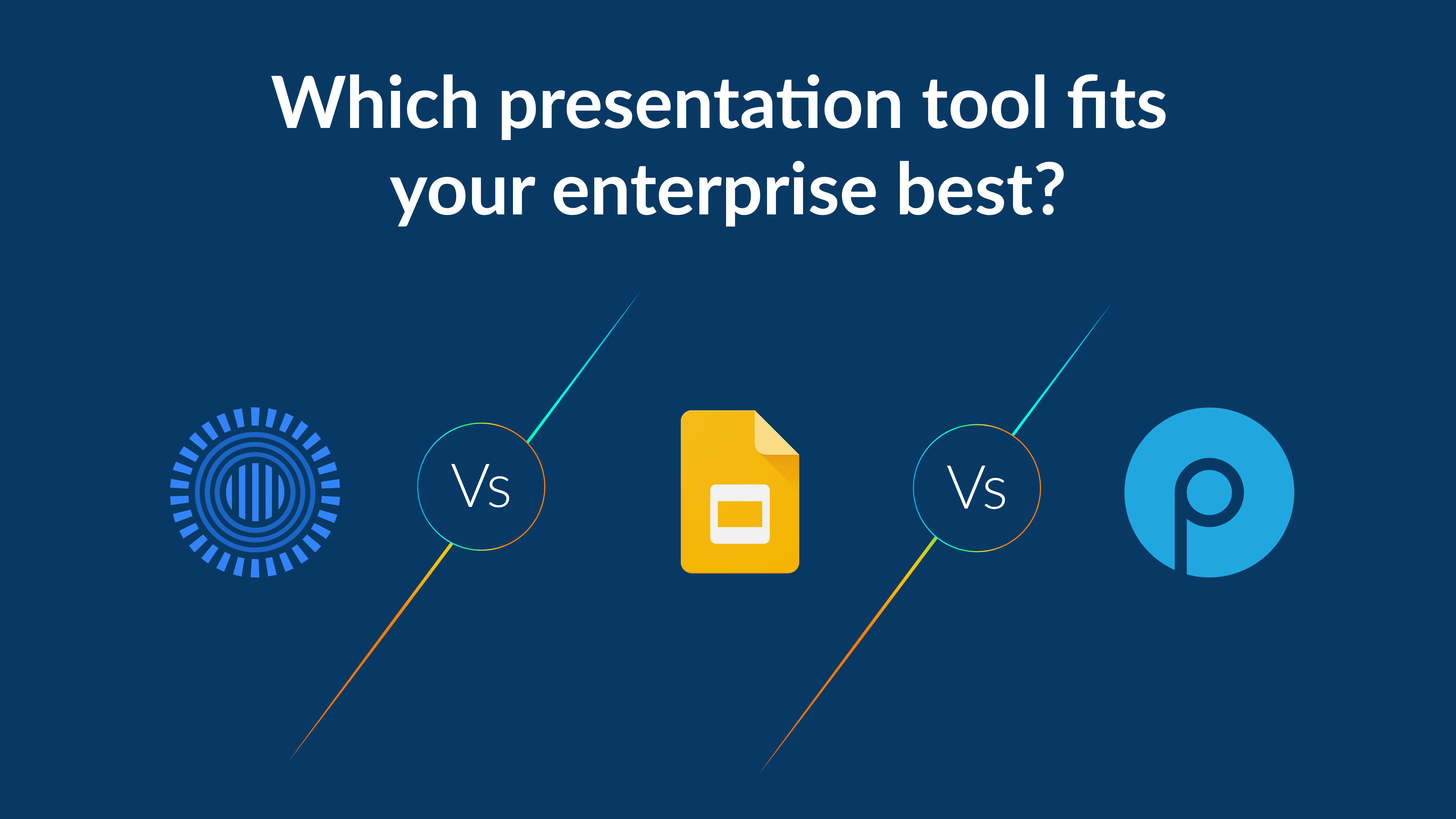
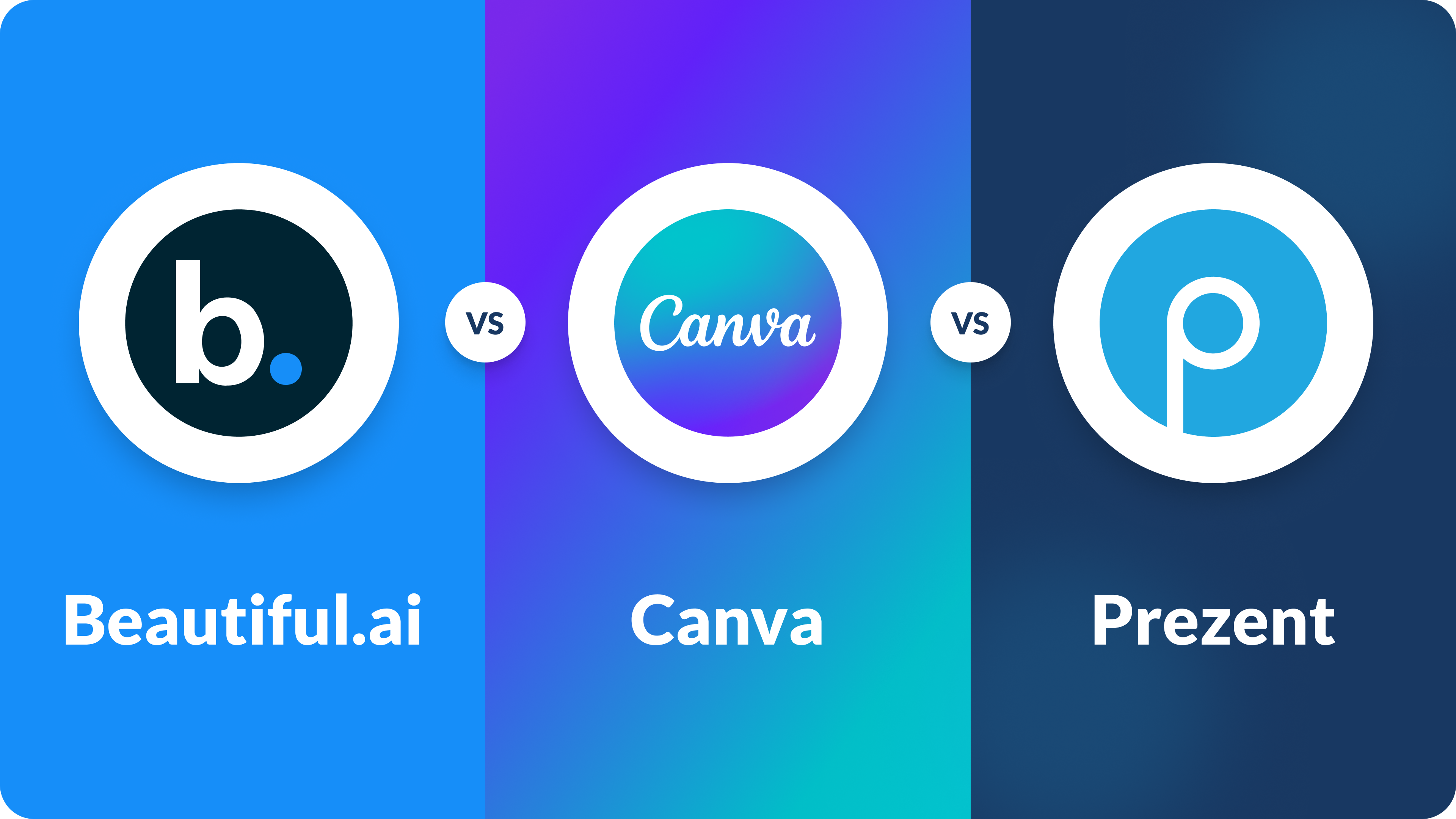
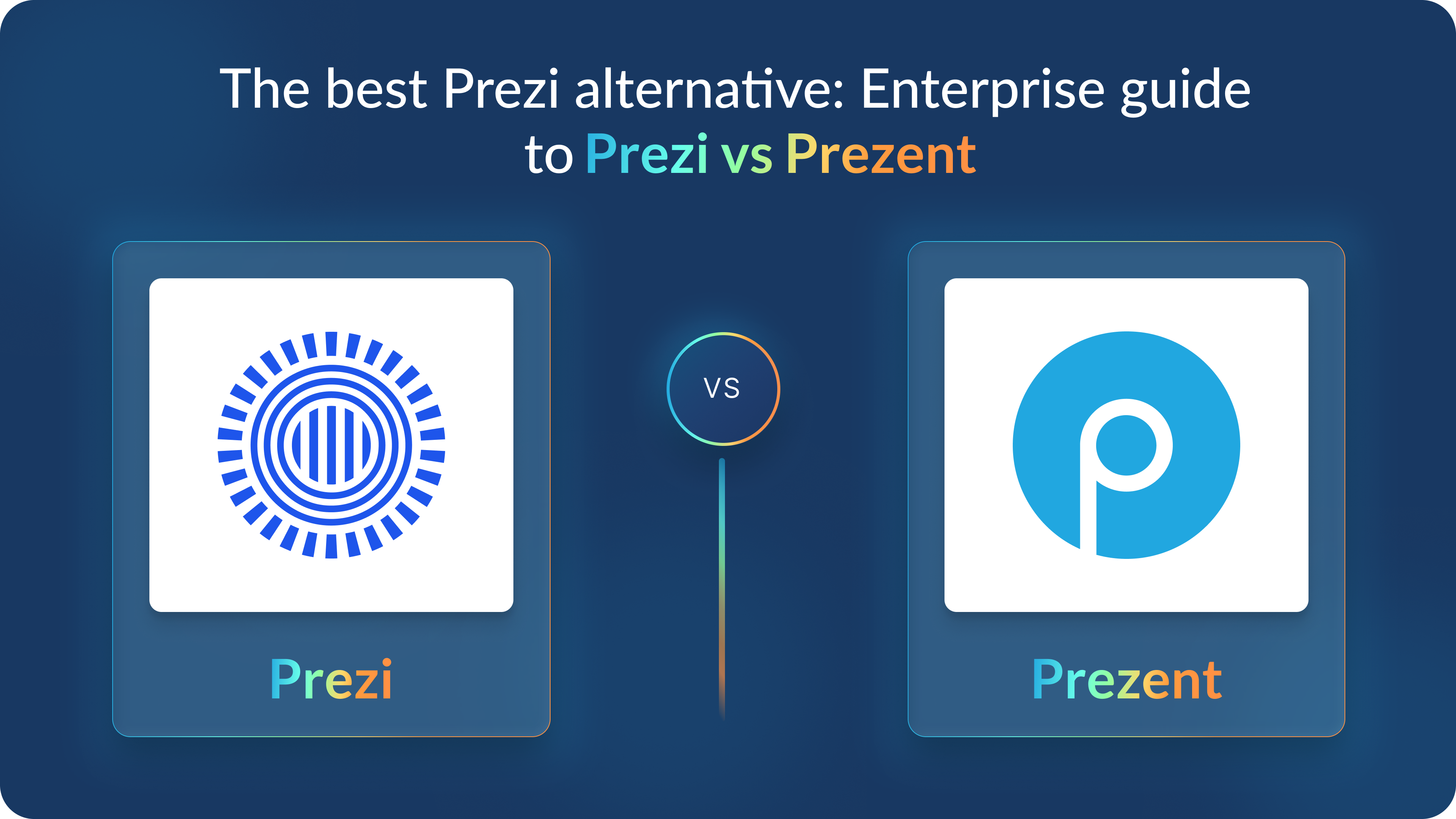
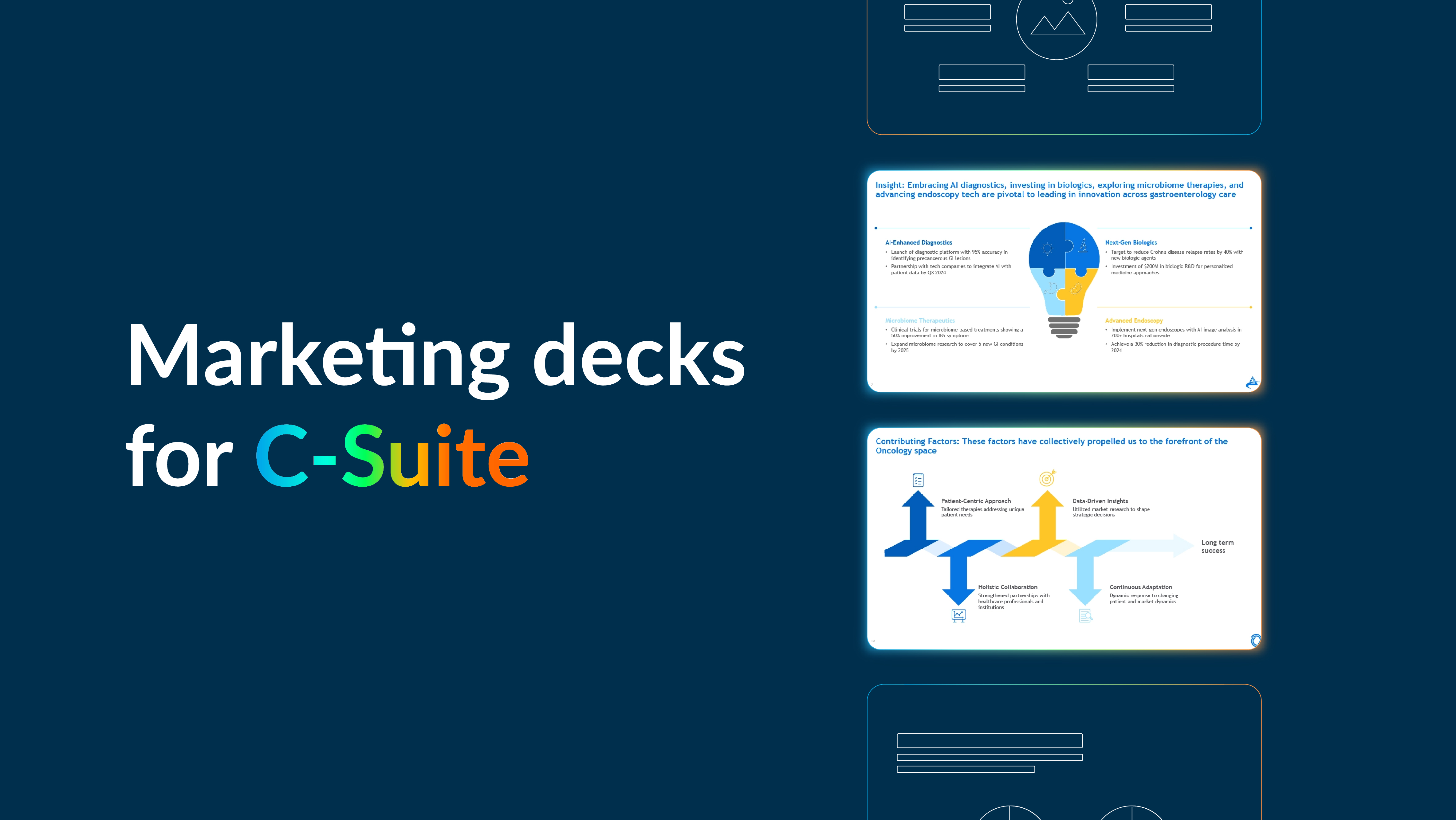

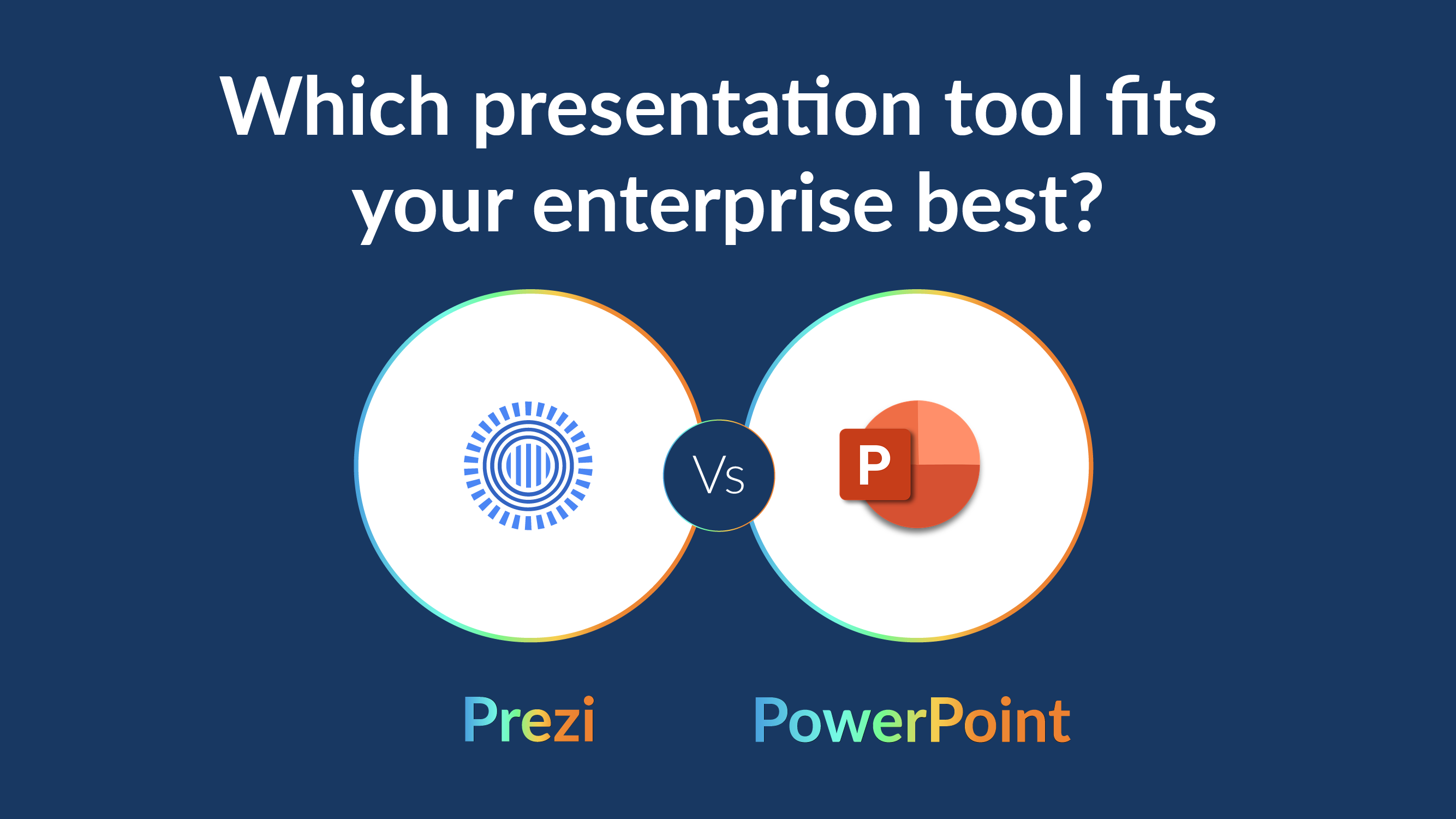
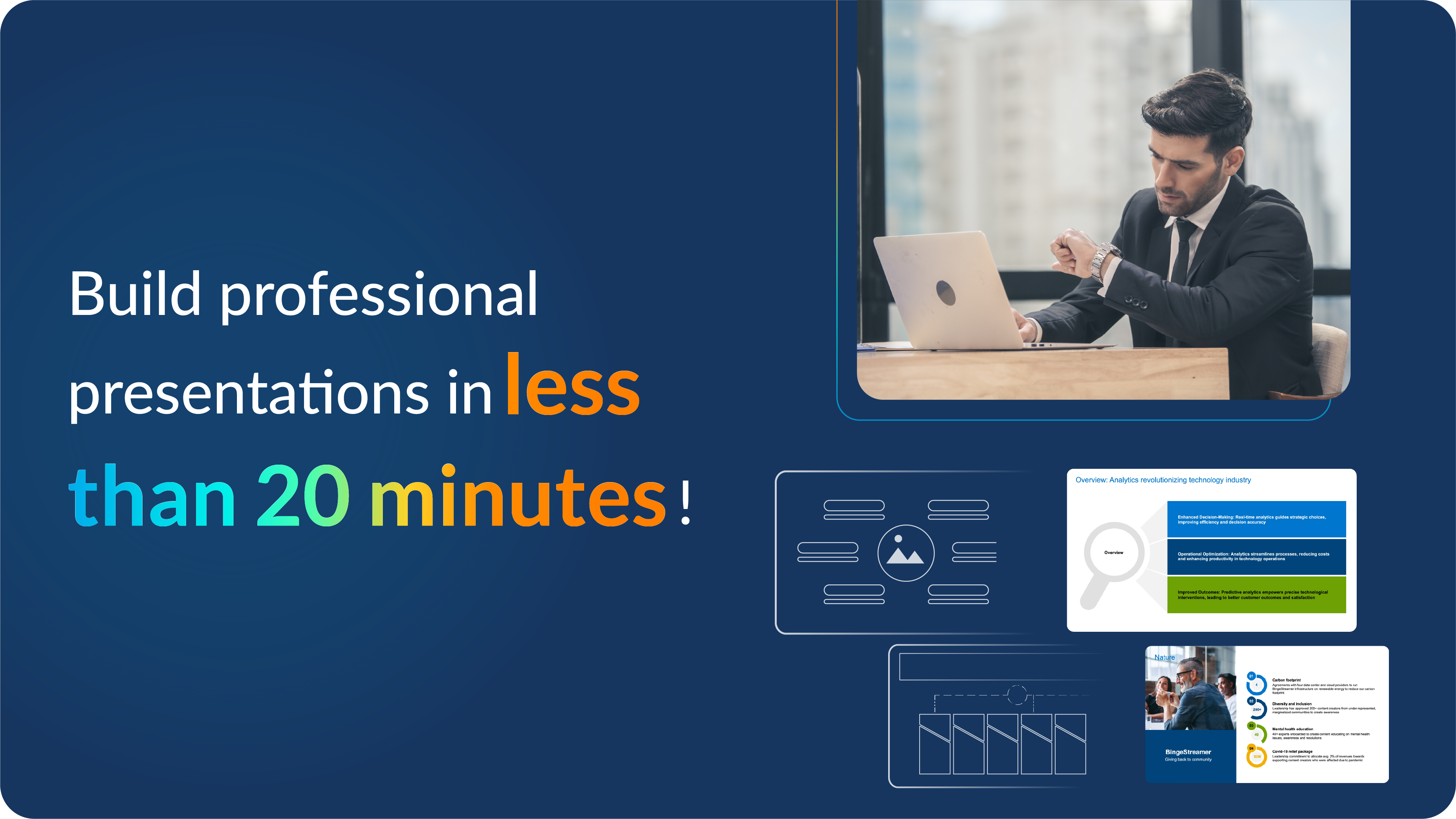
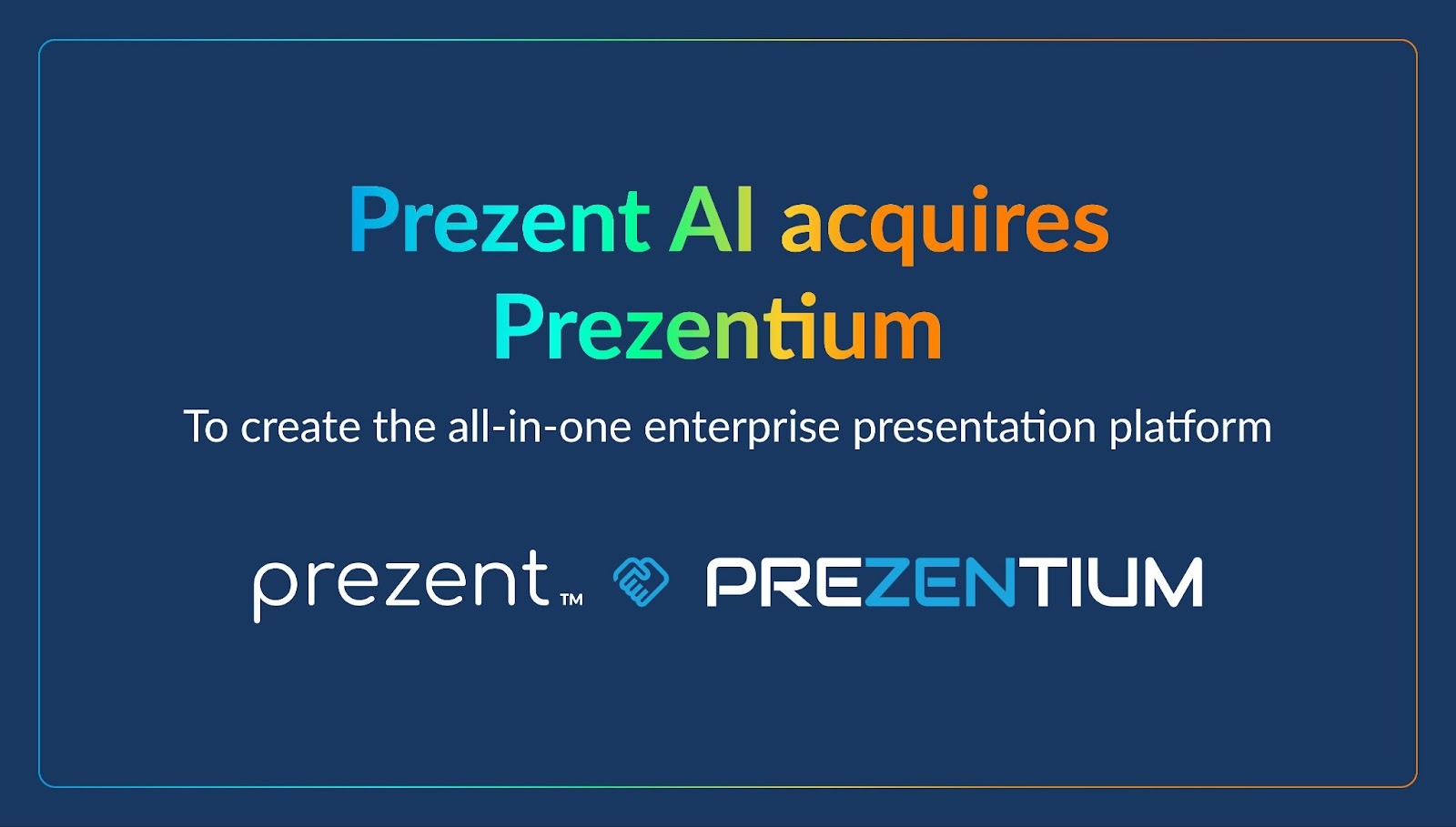

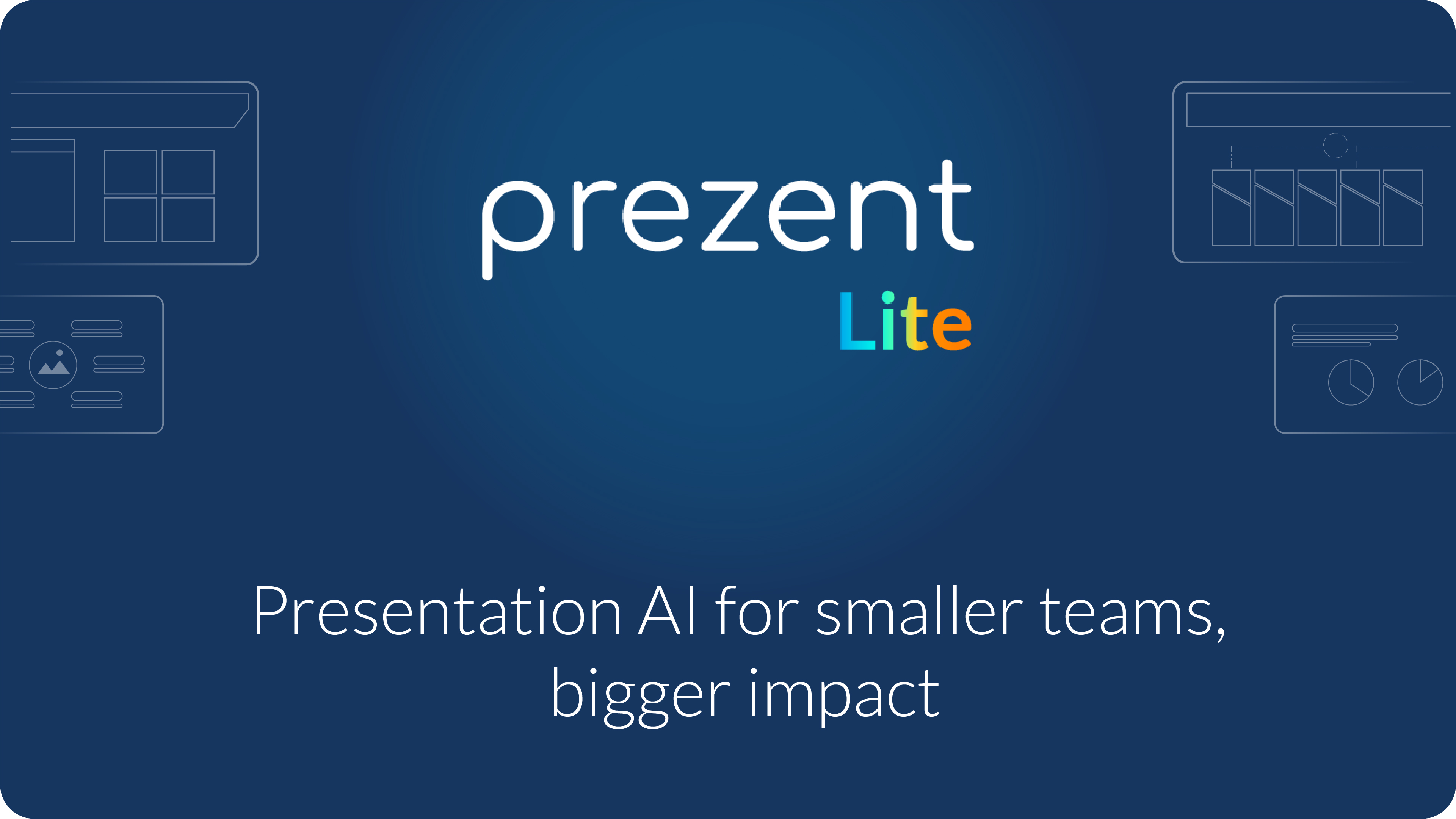
.jpg)
